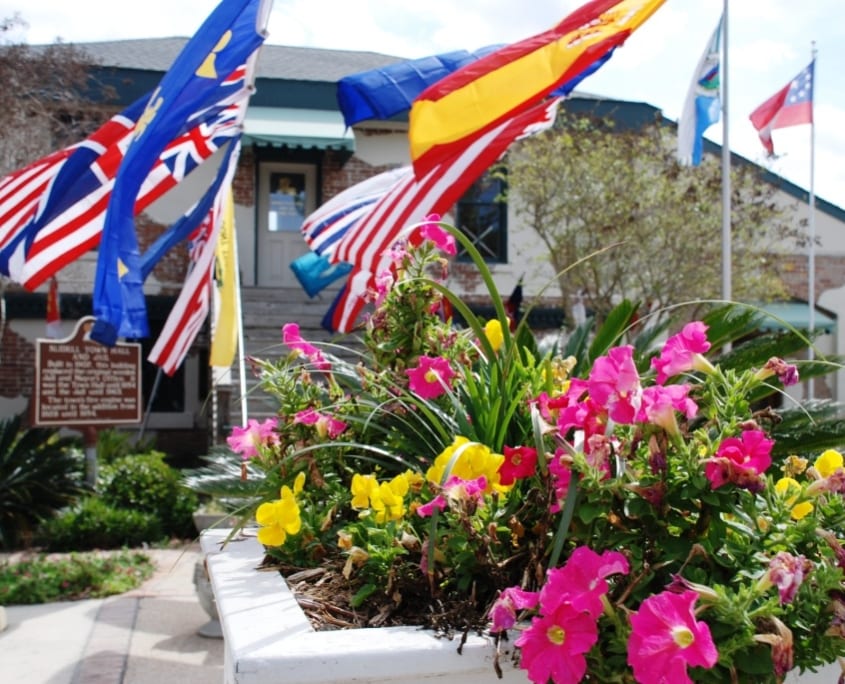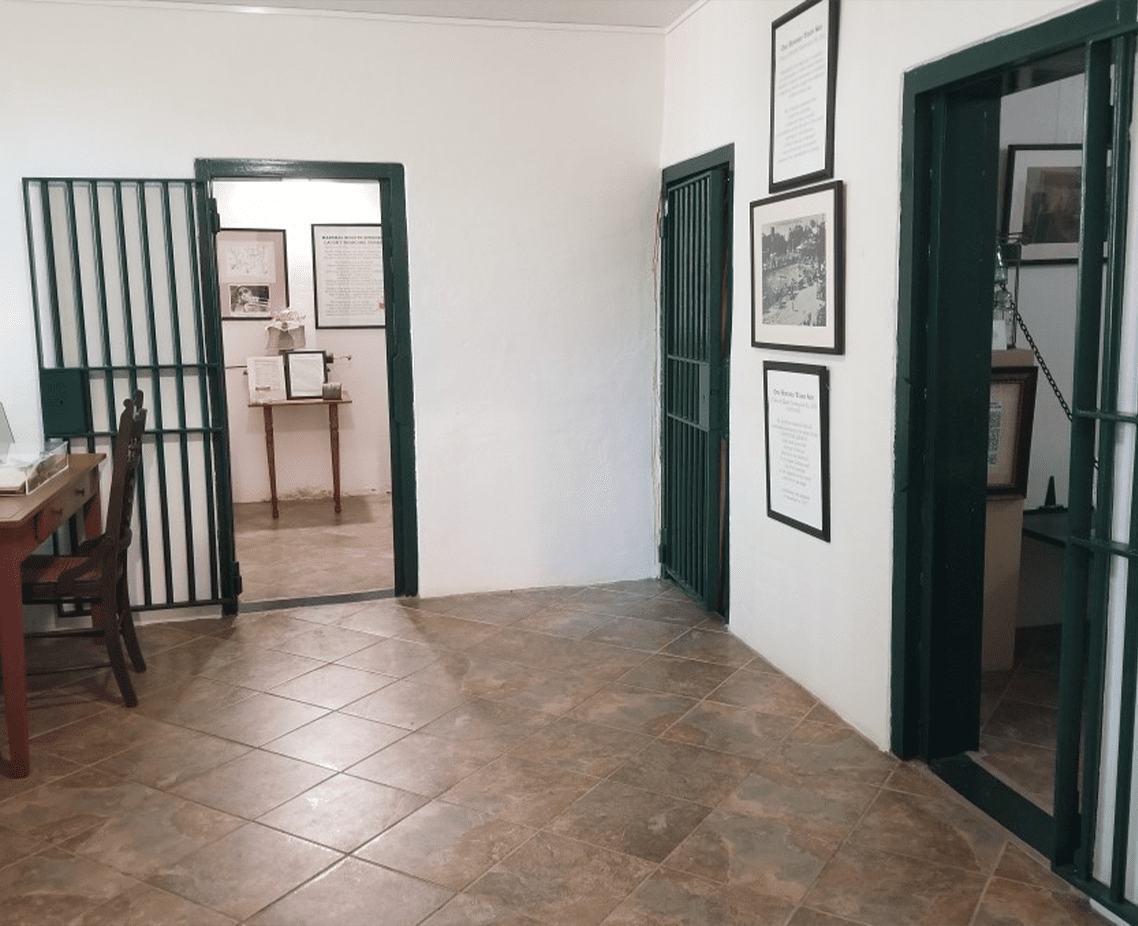Welcome to the Historic Slidell Museum
The City of Slidell tasks the Slidell Museum with gathering, protecting, and sharing the history of Slidell, Louisiana. The Museum serves the people of Slidell by providing historic tours and information about Slidell’s origins and growth throughout the years. Museum tours provide informative and entertaining stories of Slidell’s Past. The City of Slidell generously provides for these vital cultural services. Admission is free, but we do appreciate donations and community support.
On March 28, 1699, Pierre Le Moyne, Sieur d’Iberville, and his party camped at Goose Point on the north shore of Lake Pontchartrain near what would someday become Slidell. New Orleans was founded in 1718, when 300+ settlers arrive and begin the systematic clearing of land by the river. From the beginning of the New Orleans settlement, French trading posts and small settlements on the north shore of Lake Pontchartrain supplied much of the fresh meat and foodstuffs for the fledging settlement on the south shore.
Slidell did not truly begin to grow and develop until the railroad arrived in the 1880s. Before this, trains bound for the east coast would have to leave New Orleans heading west, circling around Lake Pontchartrain before finally heading eastward. In 1882, surveyors for the New Orleans and Northeastern railroad mapped a route eastward from New Orleans toward Slidell. The railroad bridge built was first bridge spanning any part of Lake Pontchartrain. When completed, it was the longest railroad bridge in the world and considered an engineering marvel.
Baron Frederick d’Erlanger, German banker and primary financier of the railroad, was aboard the inaugural passenger train along the brand-new line. On October 15, 1883, Baron Erlanger and his wife, the daughter of John Slidell, arrived at the train station north of the lake. Baron Erlanger named this station after his deceased father-in-law. In 1888, the newly incorporated town voted to name the town “SLIDELL” after the train station, because that is where the post office and telegraph offices were located.
The community constructed a wooden town hall in 1888. In 1907, a new brick building replaced the old wooden structure. The new building contained the Mayor’s Office on the second floor; this room also functioned as the town’s courtroom and council chambers. On the lower floor was the town Marshall’s Office with five jail cells. In 1927, the town purchased its first fire truck for the volunteer fire department. The new addition was the Fire Barn where they parked the firetruck.
Today, the old Slidell Town Hall is home to the Slidell Museum (first floor) and the Slidell Mardi Gras Museum (second floor). The jail cells have not held prisoners since the 1950s. They now contain a wide array of intriguing artifacts and provide for a popular photo opportunity. Of interest to many locals is an old court ledger that lists the names of everyone who appeared in court. The book includes some very familiar Slidell family names, “You’d be surprised by the number of people who’ve found their relatives in here.” – There is a treasure trove of fantastic stories about Slidell, all waiting to be shared in the Slidell Museum.
The Slidell Museum is located at 2020 First Street in Old Town Slidell. The current museum hours are Tuesday and Wednesday from noon to 4 pm; Friday from 10 am to 4 pm; and Saturday from 10 am to 2 pm. Admission is free, and groups are welcome (please book ahead). Hours are available outside regular business hours by prior reservation. Please contact the Slidell Museum via email: museum@cityofslidell.org.
Please our Facebook page at www.facebook.com/slidellmuseum. Our Facebook page contains up-to-date information concerning hours and events. It also contains fascinating stories about Slidell’s past, interesting bits of historic trivia from outside Slidell, and some notes about noteworthy community happenings. Of special interest is a map of “Slidell’s Historic Sites” pinned to the top of the page – an extremely popular feature containing a wealth of knowledge.
SLIDELL MUSEUM
Museum Director, Greg Scott
Address:
2020 1st St.
Slidell, LA 70460
Phone:
(985) 646-4380
Email:
museum@cityofslidell.org
MUSEUM HOURS:
Tuesday – 12 p.m. – 4 p.m.
Wednesday – 12 p.m. – 4 p.m.
Friday – 10 a.m. – 4 p.m.
Saturday – 10 a.m. – 2 p.m.








